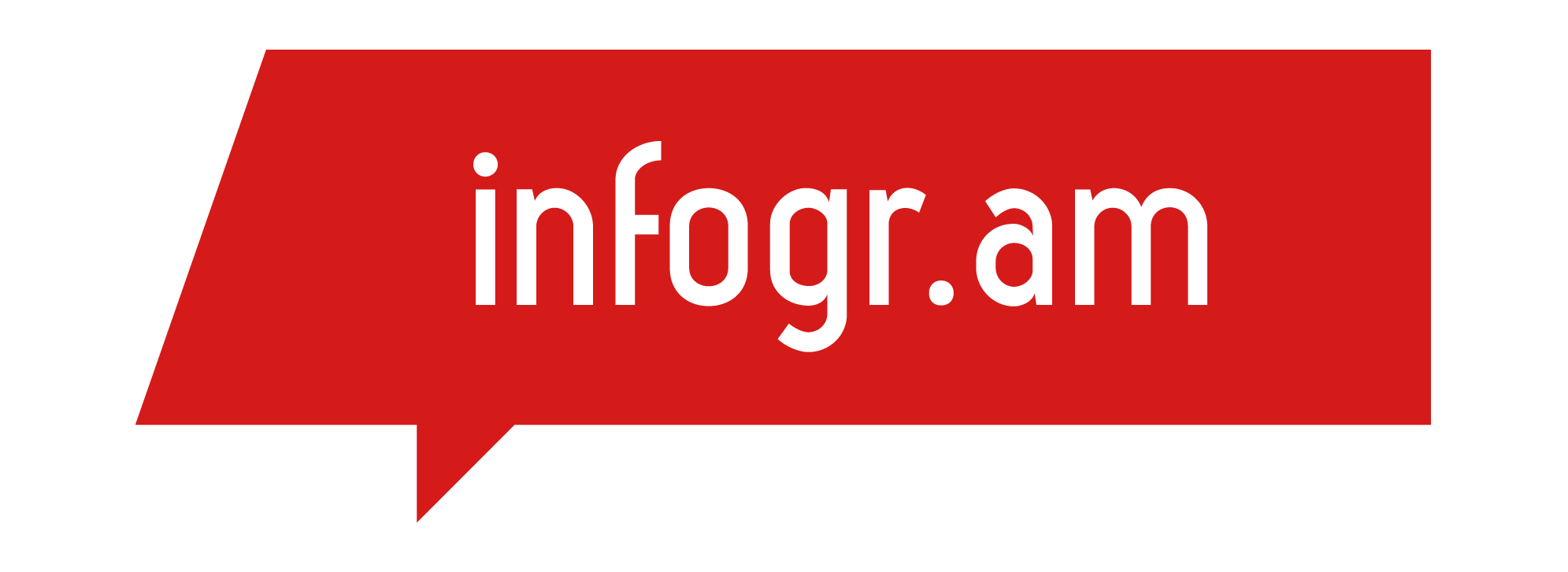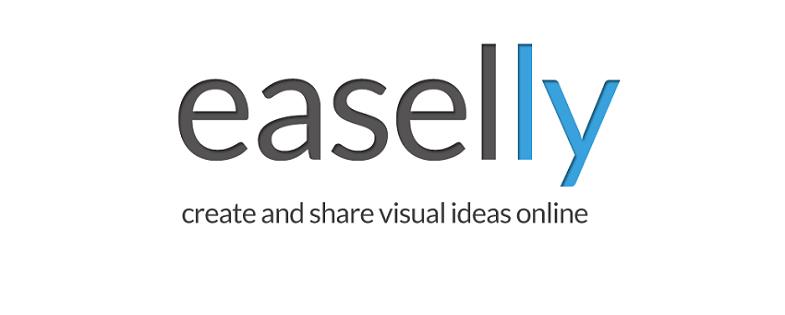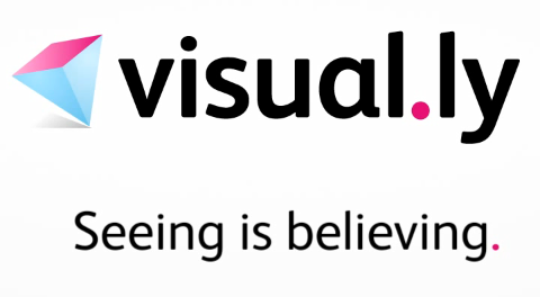It’s almost past one month since the New Year began and the assumptions, predictions and various insights have found their way into the discussions in the digital industry on what will be in during the current year 2014.
The fundamentals of good content will never change, however, the way it will be consumed, the channels, the tactics of distribution will continue to evolve. So it calls for some key trends on the horizon for the year 2014 that are predicted to directly affect the online content marketing initiatives.
Before we explore the upcoming trends, let’s have a look at some of the headlines of the year 2013:
• 92% of online marketers are now using content marketing
• There was an increase in the number of B2B marketers and B2C marketers who were planning to increase their investment in content marketing
• The success of your content marketing strategy is hugely affected by how well the strategy has been documented.
So, what exactly is required in the New Year? Let’s breakdown the requirements
1. Making up a marketing team
The role of traditional marketing is being redefined constantly, and one of the additions to the marketing teams should be a director of content. For organizations, this is the case as you need to assign the sole responsibility to someone to drive your online content strategy and measure the impact on the business goals. The role of the director of content is to shape and give a definition to the organization’s marketing strategy, directing all the aspects needed to be executed by the business. The key responsibilities of this person are mentioned here:
• Strong verbal and written communication skills
• A strong taste for visual content
• An analytical mind
• Should understand the value of conversion optimization
• Should be updated with the current trends and possess the skills of a journalist.
The need for a director of content will only be more felt in 2014
2. Responsive design will be mandatory
2014 will not be only about mobile strategy. Content marketers will need to focus on an “everything” strategy that includes multiple channels at one go. We are almost only three years away when a majority of internet device sales will be out of mobile devices including tablets. Thus, without a strategy in place that addresses the needs of the target audience, you might be going ahead with content that is least engaging and shareable.
However, one should bear in mind that this doesn’t imply that they need a native app. The main aspect over here is to create a responsive experience for the audience. Your content has to be instantly accessible and navigable on any device. This increases the chances of the content performing well for your business. Hence, the creation of a responsive design for your content channels should be incorporated into all your content planning processes.
Each time new content is rolled out it should be tested to fit all screen sizes. While this could involve a bigger investment, your content would be setup for maximum consumption and discoverability helping it to move forward.
3. Link earning will defeat link building
The hummingbird update wants to make it clear that search has begun to shift by taking the context and conversational language into account in the process of ranking pages and providing the SERP’s. This also means that synonyms will be a part of this update and would be considered while delivering search results. This will hopefully help steer away from badly written, thin content overloaded with keywords. Thus content marketers will now how to invest all their time and resources on “big content” rather than 100 pieces of small content that have nothing much to offer. This process will help in earning respect, authority, and thus, links which is the basis of all the content marketing efforts.
4. Custom content streams and curation will take the centre-stage
It will be easier than ever to curate the best content from multiple resources and creating highly intent content streams. Through the introduction of various utilities on social media networks, marketers will find it more convenient to organize and target content. This will enable creating the content for highly targeted segments of the audience.
This is an exciting turnaround in the content marketing field and has great potential for the brands and also their customers. Brands could pick out the important pieces that will tell a story, thus helping the people in finding what they need rather than letting them surf through mounds of content or sending them to only a single resource.
Wrap-up
Marketers know one thing for sure – this is a fast-paced industry so it is vital to stay on top of the changes. The above trends are just the samples of what is expected to come, however, preparing for them and adapting to the same could make a huge difference for your brand’s success.





















